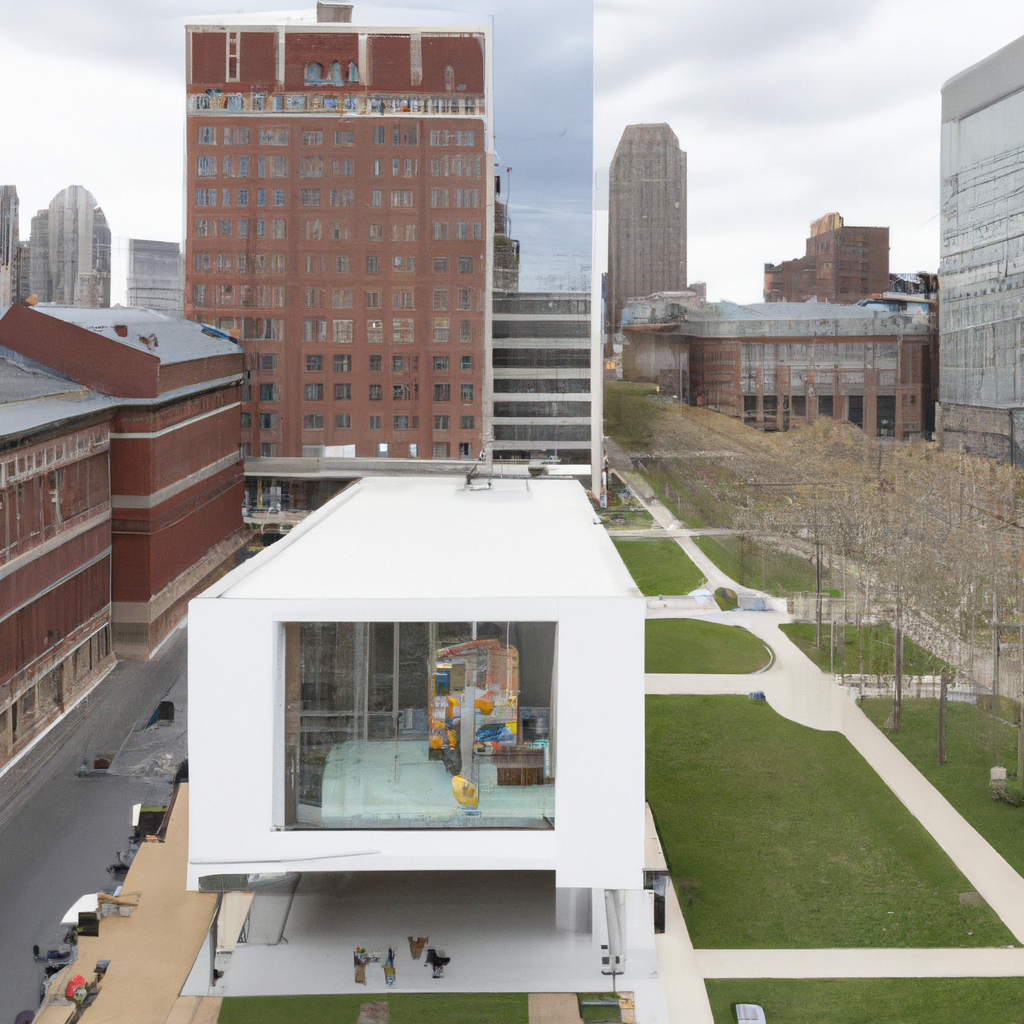
In a stirring confluence of art and politics, the recent closure of a pro-Palestine exhibition at the esteemed St. Louis Art Center has ignited fervent discussions within artistic and societal circles. The exhibition, which showcased works portraying support for Palestine, was abruptly discontinued following allegations of antisemitism, casting a shadow over the dialogues such art intends to foster.
The artists, whose canvases and installations dared to voice the complex narratives of Palestinian solidarity, found themselves in the eye of a storm without prior notice of their work's removal. This act of exclusion raises profound questions about the boundaries of artistic expression and the responsibilities of cultural institutions. The incident not only underscores the delicate balance between freedom of expression and the sensitivity required towards diverse communities but also reflects the broader societal tensions that can surface in spaces meant for cultural reflection and dialogue.
As defenders of artistic expression, we must ponder the implications of such decisions by cultural gatekeepers. Does the removal of these works silence a narrative, or safeguard the inclusive ethos of public spaces? These questions hang heavily in the air, challenging us to confront and reconcile the multifaceted roles that art plays in society—both as a mirror and as a provocateur.
In essence, the closure of the pro-Palestine exhibition at the St. Louis Art Center is not just about the artworks that were taken down; it is about the ongoing struggle over who gets to represent history and whose stories are deemed worthy of display. As art continues to test the limits of societal norms and political correctness, the cultural sector is tasked with navigating these turbulent waters, ensuring that every voice has the chance to resonate in the grand tapeportfolio of human experience.